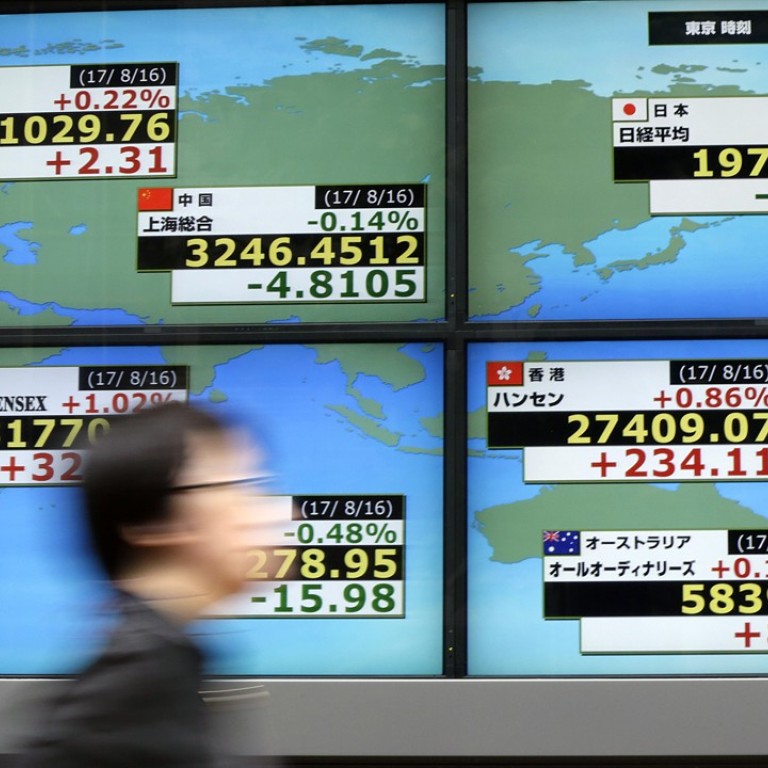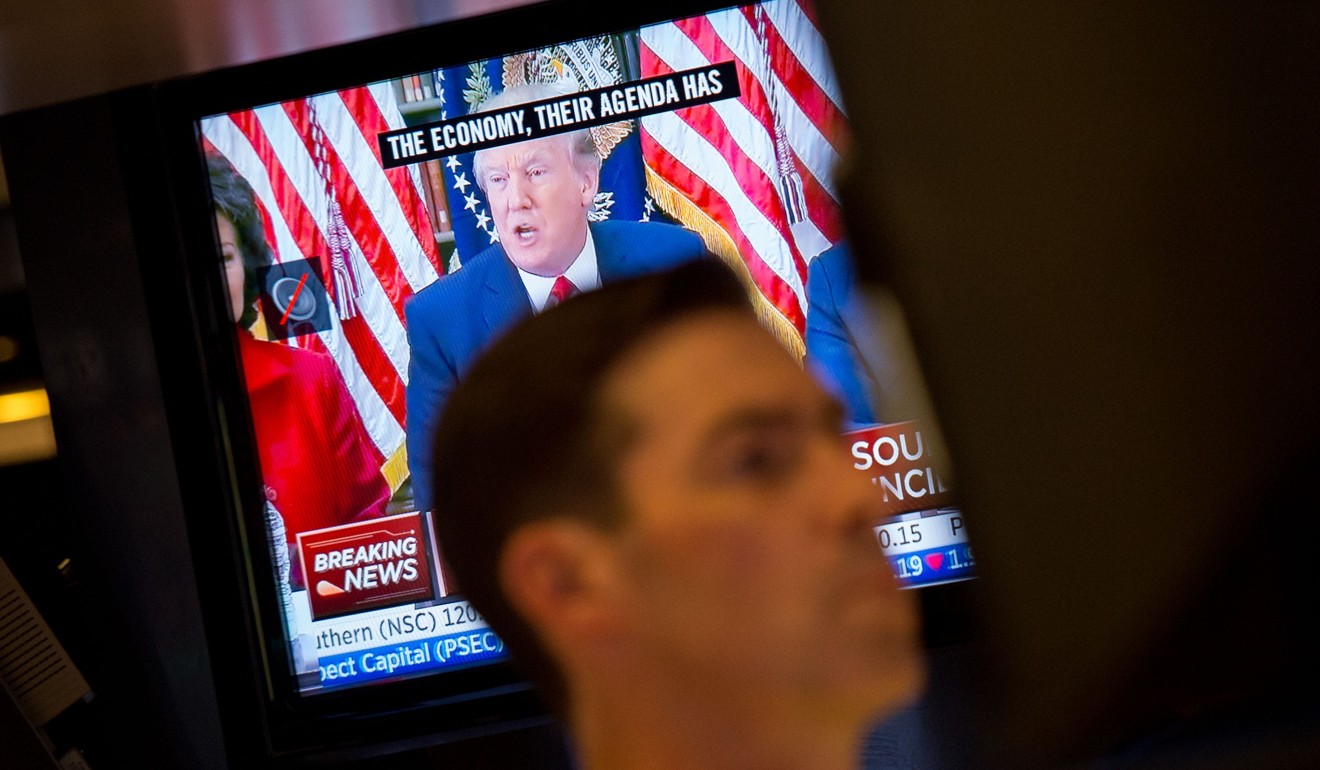
Ignore the warnings about ETFs for now
‘Concerns are being fuelled by the growing influence of ETFs in other asset classes, notably the frothy US bond market and, more alarmingly, emerging markets’
Exchange traded funds (ETFs), increasingly popular investment products which track a specific index or prices of an asset class and offer investors a cheaper alternative to more expensive actively managed funds, have amassed assets of US$4.3 trillion, even larger than those of the global hedge fund industry.
Inflows into ETFs in the first seven months of this year surged to US$391 billion, slightly exceeding the record inflows for the whole of 2016. Since 2012, inflows into ETFs have risen by nearly US$2.3 trillion, with the bulk of the new money being ploughed into the funds since the end of 2015, according to ETFGI, a London-based consultancy specialising in ETFs.
With global stock markets hovering near record highs and ETFs accounting for seven of the 10 most actively traded securities on US equity markets last year (and nearly a quarter of all US equity trading by volume) according to Credit Suisse, fears are growing about the “ETF-isation” of markets.
Regulators, including Ireland’s central bank and the International Organisation of Securities Commissions (the umbrella body for securities regulators), are scrutinising the ownership and pricing of cheap ETFs. Since the funds are passively managed - computer-powered investment vehicles that simply track a market-weighted index and charge much less than actively managed funds which are run by professional stock pickers and, provided they make the right calls, can deliver much higher returns - there are mounting concerns that ETFs are amplifying risks in equity markets by essentially putting investment decisions on autopilot.

These concerns are being fuelled by the growing influence of ETFs in other asset classes, notably the frothy US bond market and, more alarmingly, emerging markets.
According to data from JPMorgan, ETFs have accounted for over half the US$53 billion of net inflows into emerging market equity mutual funds this year and, even more alarmingly, roughly one fifth of the inflows into emerging market bond mutual funds.
It is one thing for passive investment to make huge inroads into the mature and actively traded financial markets in advanced economies; it is quite another when ETFs are driving a rally in markets which are much less stable and liquid and which have already borne the brunt of sell-offs stemming from concerns about the removal of monetary stimulus, as was the case during the so-called “taper tantrum” in 2013.
Last week, emerging market equity funds suffered outflows for the first time since March, according to JPMorgan, with investors withdrawing US$1.3 billion from the asset class because of concerns about geopolitics and Donald Trump’s crisis-ridden presidency. Inflows into emerging market bond funds, meanwhile, were barely in positive territory, compared with more than US$1 billion the previous week.
Given how volatile market conditions in developing economies have been since the taper tantrum - equity funds suffered net outflows for the past three years compared with US$53 billion of inflows this year while inflows into bond funds in 2017 have already exceeded last year’s total inflows, according to JPMorgan - ETF-driven sentiment is indeed cause for concern.
Yet some perspective is in order.
ETFs still only account for 10 per cent of emerging market bonds held by speculative retail investors (funds domiciled offshore which are comprised mostly of European and US-based mutual funds), which themselves only account for roughly one fifth of the total fixed income market in developing economies, according to JPMorgan.
The bulk of emerging market debt is held by long-term institutional, or strategic, investors - and mainly domestic ones such as Asian insurance companies and Mexican pension funds which are much less likely to sell their holdings during periods of severe financial stress and tend to pick up the slack from retail investors when sentiment deteriorates sharply.
Indeed even the actively managed institutional investor base owns a significant portion of emerging market ETFs, according to Morgan Stanley, providing an extra layer of resilience.
The asset class that should be of far greater concern to investment strategists is the US equity market where valuations are much more expensive and where half of all equity funds under management are expected to be passive by early next year, according to the Financial Times.
US equity funds have already suffered nine consecutive weeks of outflows due to mounting concerns about Trump’s presidency.
While inflows into emerging markets have surged to their highest level since 2012, the overwhelming bulk of the financial assets in developing economies are actively managed while most of the debt is in domestic hands.
Fears about the ETF-isation of emerging markets are greatly exaggerated.
Nicholas Spiro is a partner at Lauressa Advisory

